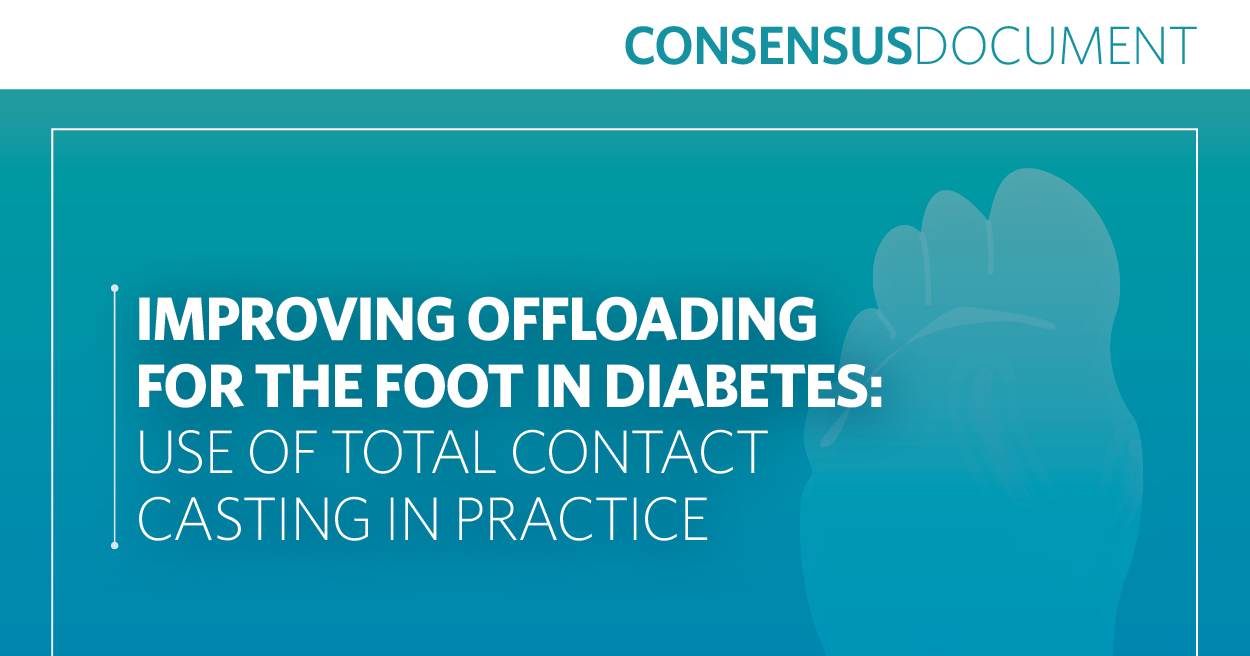Podiatry has been particularly affected by the 2017 reforms to healthcare education funding, which has resulted in a decline in recruitment of students to undergraduate podiatry courses (Council of Deans of Health, 2019). These reforms withdrew the bursary funding, which included payment of full fees for podiatry training, and which had enabled a high proportion of mature students to enter the profession.
Subsequently numbers of undergraduate students studying Podiatry in England have fallen by 38%. If this decline is left unchecked, it will result in a reduced availability of podiatrists to fill key posts in the diabetic foot MDT. But equally, if not more importantly, there will be a shortage of podiatrists in community foot protection teams who are ensuring that those patients at risk of foot ulceration are provided with a bespoke tailored package of care to ensure that their risk of ulceration is reduced.
Why are podiatrists so important in diabetic foot care?
I will describe first-hand observations of the impact of podiatrists and then discuss the academic evidence supporting their key role in diabetic foot care. Having worked closely with podiatrists in a diabetic foot clinic for 40 years, I have had the privilege to observe their many assessment, diagnostic and treatment skills. The podiatrist has the ability to assess the gait of the patient, thus ensuring that any biomechanical anomalies are addressed and pressure is relieved from the wound. Many have the ability to order and interpret diagnostic tests such as X-rays, ultrasound and angiography. Throughout diabetic foot clinics, many podiatrists are independent prescribers.
In particular, I have been impressed by their ability to recognise undetected infection using high dexterity by which they initially seek out and then drain “concealed” collections of subcutaneous pus in the foot. This skill is all the more impressive as the classical features of infection are often absent because of neuropathy, and patients and their attendants are entirely unaware of this problem (Edmonds and Foster, 2014). If such collections of pus are not diagnosed and not drained, infection will spread through the foot and destroy it, thus leading to major amputation. Of course, podiatrists have other important skills, particularly in promoting wound care and limb salvage, which are well described in the literature (Kim et al, 2012).
These observations may be regarded as anecdotal but there is good academic evidence to demonstrate the important role of podiatry in reducing the clinical and financial burden of the diabetic foot and reducing the number of major amputations. In 2009, podiatric services in Arizona, were considered to be optional under Medicaid statutes, with a supposition that these services were elective and could be carried by other providers (Skrepnek et al, 2014). Thus, insurance coverage for podiatrists was cancelled to reduce costs. However, this was in turn associated with significantly higher hospital admissions, charges, lengths of stay, and severe aggregate outcomes (SAOs) of mortality, amputation, sepsis, or surgical complications of 136.7%, 137.5%, 122.5% and 149.0%, respectively. Although, $351,000 was saved annually from podiatry budget, there was an increased cost of $16.7m incurred per year because of increased hospitalisations. These findings supported a previous study which emphasised the economic value of specialised lower-extremity medical care by podiatrists in the treatment of diabetic foot ulcers, offering benefits from $27 to $54 for each dollar consumed (Carls et al, 2011).
In a recent clinical study, a cross-sectional cohorts’ data mining analysis was conducted of 100 million patient encounters for diabetes and any foot complications in periods before full implementation of podiatry service (2000–2005) and after that implementation (2010–2015) (Schmidt et al, 2019). Compared with the initial cohort, integration of specialised podiatry services resulted in a significant decrease in the number of major amputations from 127 to 85 per year (P<0.05), and halved the amputations rate from 0.004% to 0.002% (P<0.05). A previous report by the same service had shown that the major lower-extremity amputation to minor lower-extremity amputation, or high-low amputation ratio (Hi-Lo), decreased significantly throughout the entire duration of podiatry when compared to the era without podiatry services (Schmidt et al, 2017).
Many studies have examined the impact of an MDT in which the podiatrist serves as a key member and found positive effects on limb salvage and reduction of major amputations (Van Gils et al, 1999; Meltzer et al, 2002). In summary, all these studies provide strong evidence of the crucial role of podiatry in reducing the number of major amputations in diabetes patients.
In practice, the podiatrist acts as the gatekeeper of the MDT. Patients arrive often as emergencies through open access to the MDT and then are triaged by the podiatrist, who co-ordinates subsequent care to achieve limb salvage. Although there were 7,545 major amputations in people with diabetes in England between 2015 to 2018, the major amputation rate has been held static from 2012 to 2018, and podiatry within the MDT has made an important contribution to this (Public Health England, 2019). This situation will be compromised if podiatrist numbers are allowed to fall. The excess risk of major amputation in the diabetes population will be exacerbated.
However, approximately 55% of lower-limb amputations performed in England are carried out in people who do not have diabetes but instead peripheral arterial disease (Moxey et al, 2010; Ahmad et al, 2016). Recently, vascular surgeons and the National Wound Care Strategy Programme have drawn attention to such patients with peripheral ischaemia and often infection and stressed that they would benefit from MDT care incorporating podiatry with expert care from vascular specialist nurses, tissue viability nurses and other healthcare professionals.
At present, there is inequality of access to MDT specialist care for people with tissue loss in the lower limb due to peripheral arterial disease but without a diagnosis of diabetes (Ahmad et al, 2019). In response to this, podiatrists have recently extended their role in the management of peripheral arterial disease as illustrated by the Manchester Leg Circulation Service and the the Salford lower-limb vascular assessment and triage service which provides diagnosis and clinical management plans for patients with suspected non-acute peripheral arterial disease (NICE, 2016).
What is the way forward?
First, the podiatry workforce must be preserved to take its unique place in a properly peer reviewed MDT diabetic foot service (Paisey et al, 2018). Although the National Diabetes Treatment and Care Transformation Fund has recently contributed to the expansion of MDT care and supported podiatry posts (NHS Diabetes Prevention Programme, 2019), the podiatry workforce can only be maintained by reversing the decline in podiatry student numbers. The Council of Deans of Health and the College of Podiatry have called for the introduction of a maintenance grant for healthcare students and full payment of tuition fees for podiatry students in England and in return the graduate would work for NHS service post-qualification as has been rolled out in Wales (Council of Deans of Health, 2019). This is also supported by the iDEAL (Insights for Diabetes Excellence, Access and Learning) group, an MDT of diabetes specialists, who has produced a position statement called ACT NOW Diabetes and Foot Care Assessment and Referral (Insights for Diabetes Excellence, Access and Learning, 2020). This statement stresses that 80% of major amputations in diabetes are preventable and puts forward a target of 50% reduction of major amputations in diabetes within 5 years. This was originally a target included in the St Vincent Declaration in 1989, which set goals for the health care of people with diabetes, but sadly has not been achieved on a population basis (Krans et al, 1995).
Secondly, equitable care between people with diabetes and without should be attained and in particular, the benefits of podiatric care available in the diabetic foot MDT, should be extended to people without diabetes (Nickinson, 2020). Healthcare professions, patient organisations and policymakers should urgently come together to make a universal lower-limb salvage service a reality but this can only be achieved by actually increasing the number of podiatrists. The clinical and economic burden of lower-limb tissue loss can no longer be tolerated and must be reduced across the spectrum of the whole population.





